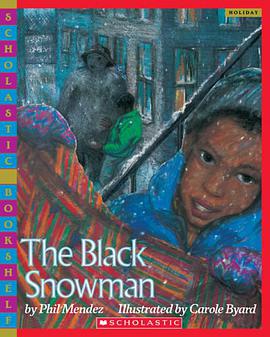

具体描述
As the demand for multimedia applications has increased, embedded processor designs have evolved to provide high performance on media processing algorithms, such as image processing, video compression and decompression, voice processing, wireless communication, and so on. Cache memory and TLB memory systems are a key mechanism for improving overall system performance and low power consumption. A cache exploits the locality inherent in the reference stream of a typical application. Two primary types of locality are available, and the degree to which they can be exploited depends on program execution characteristics. The translation look-aside buffer (TLB) is an on-chip memory structure that caches only page table entries for recently used virtual to physical address translations. If the necessary translation information exists in the TLB, the system can translate an address without accessing the page table. Flash memory is non-volatile and can retain data even after system is powered off. Besides, it has many other features such as fast access speed, low power consumption, attractive shock resistance, small size, and lightweight.
作者简介
目录信息
读后感
评分
评分
评分
评分
用户评价
相关图书
本站所有内容均为互联网搜索引擎提供的公开搜索信息,本站不存储任何数据与内容,任何内容与数据均与本站无关,如有需要请联系相关搜索引擎包括但不限于百度,google,bing,sogou 等
© 2026 book.wenda123.org All Rights Reserved. 图书目录大全 版权所有




















